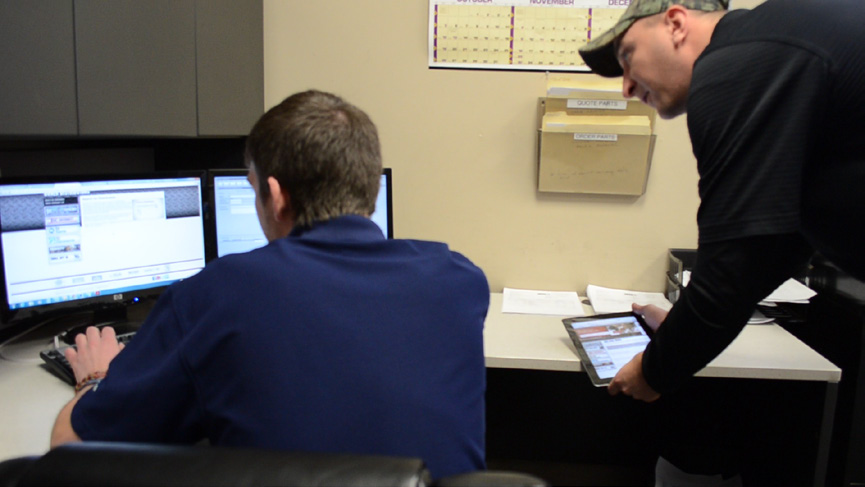 Confession: While in college, I slogged all the way through that classic and dreaded engineering “weeder” course, Materials Science, without the slightest idea of why we were studying it. What’s worse, I wasn’t alone in my cluelessness.
Confession: While in college, I slogged all the way through that classic and dreaded engineering “weeder” course, Materials Science, without the slightest idea of why we were studying it. What’s worse, I wasn’t alone in my cluelessness.
You see, the notoriously hard course had little context at our university — so we students sat through class after class, rotely learning the various alpha and beta and precipitated phases of steel, poring over iron-carbon diagrams, and trying our hardest to picture p–n junctions and how electrons might behave in crystal-lattice structures.
Only two years later, in a CNC-machining shop class, did the true significance of Materials Science dawn on me — that steel, copper, semiconductors, and polymers are so important to modern engineering that universities around the globe make engineering students study the materials’ various forms in minute detail. I still wish someone would’ve told me that.
So because of my experience with technical education and Materials Science, I’m always grateful when organizations see the need to give young people a thorough context of why a certain body of knowledge is relevant to the actual way engineers and manufacturers build designs.

Case in point: Industrial Careers Pathway (ICP) is a program of an alliance group of seven industrial-trade associations — the American Supply Association, the ISA Education Foundation, the National Association of Chemical Distributors, the National Association of Electrical Distributors Education & Research Foundation, NAHAD (the Association for Hose & Accessories Distribution), NIBA (the Belting Association), and the PTDA Foundation.
The program raises awareness of industrial distribution as a career field and works to get young people into the industry at all levels.
More specifically, ICP aims to interest new talent (and support the education of a skilled industrial-distribution workforce in all positions including production, accounting, sales, management, and customer service) to secure the future of the workforce. What’s helpful here is that the program alerts potential candidates to options they have for employment down the road — because let’s face it, industrial distribution isn’t a top-of-mind industry for most folks (especially young students) headed to college or the trades.
In fact, an ICP-commissioned study late last year of 533 respondents 16 to 24 found that only 15% had heard of industrial distribution. But after reading a short description of industrial distribution, 61% said the field was very or somewhat appealing to them — self-citing as key benefits the ability to work hands on, in a national industry, and in field offering advancement. More after the jump.

According to ICP, Millennials from Generation Y — particularly those who have an aptitude for science, math and machinery — will replace Baby Boomers in distribution jobs. So, ICP recently exhibited at two U.S. national events to reach Millennials, including SkillsUSA in Louisville, Ky.
“If anybody thinks the youth of today is no good, they need to come to something like this. These young people are ready to work and take on leadership roles,” said ICP Ambassador Stacy Breland (a volunteer from Plumbers Supply, member company of the American Supply Association — itself an ICP partner). Interested candidates were sent toIDCareers.org to apply for open positions and encouraged to follow ICP on social media.
Another tool that ICP offers to community and technical colleges is the Elements of Industrial Distribution course. This is a pre-packaged class to help students understand the distribution business model. The Elements course is also available discounted to companies in ICP partner associations. It gives those who complete it an edge in service and sales positions (which happen to have a median salary of $51,000). The only training tool of its kind on industrial distribution, the course also lets community-college organizers make vocational programs more practical with a three-credit course that give students some much-needed context — and get graduates into a field to increase by 45,000 employees this year and next.



Leave a Reply
You must be logged in to post a comment.